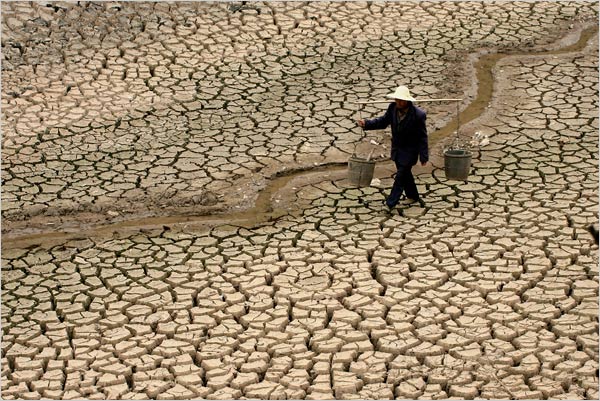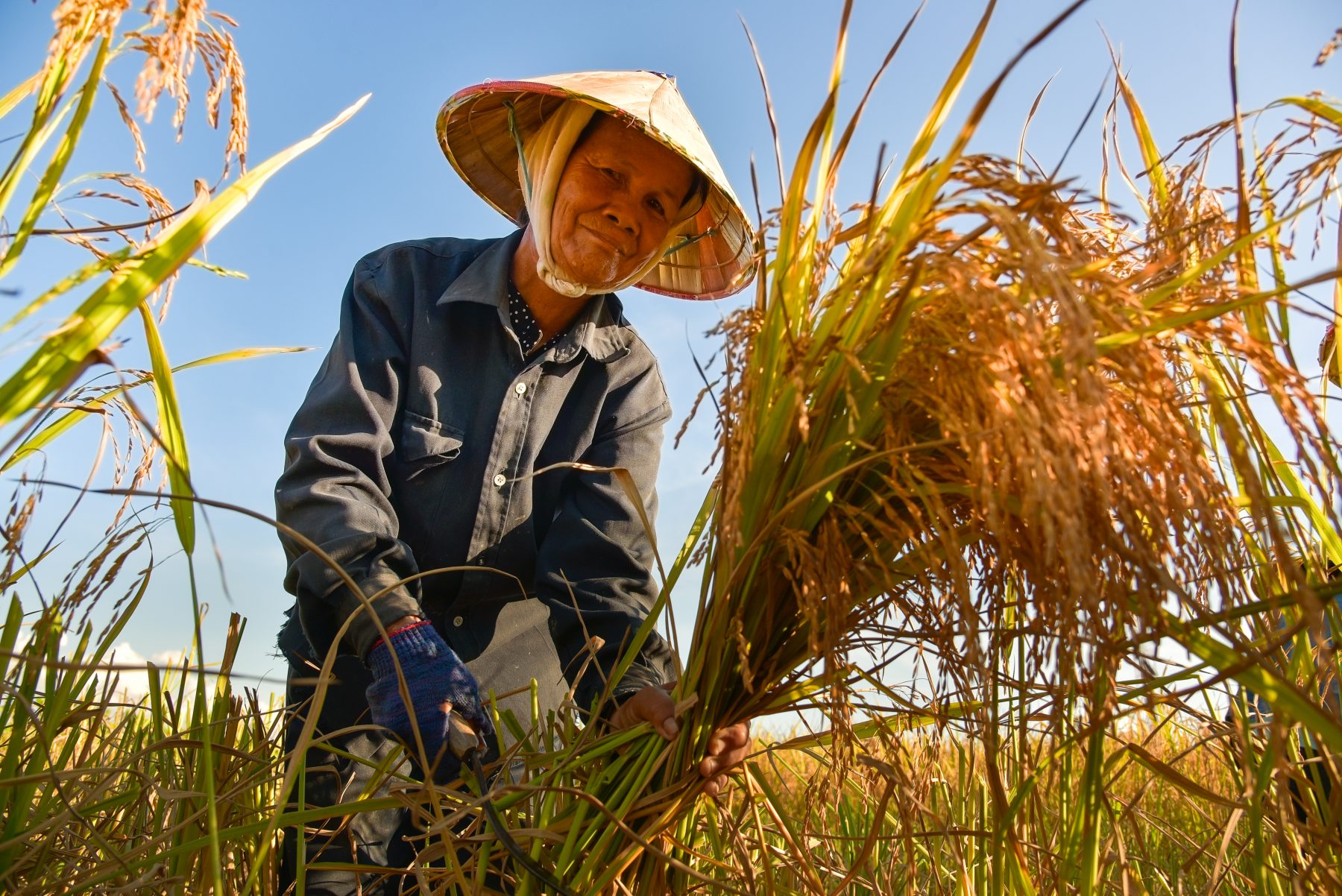Dams threaten Asia’s most successful river cruise destination
Four years ago in the beautiful world heritage town of Luang Prabang, Laos, I stood at the top of a hill and looked down at the mighty Mekong. It was a trickle.
Our guide sighed – “Dams have stolen our water. We don’t know how long the river has got.”
Late last year, the Mekong River turned a brilliant blue. Unusually large patches of green algae appeared, clogging up nets and making it almost impossible to fish.
More than 70 million people depend on the Mekong. It’s one of SE Asia’s most popular river cruise destinations, with all the major lines running cruises down the waterway.
This year, at least 10 river boats will cruise the lush lower Mekong. Most are staffed with chefs, butlers and and local guides to deal with well-heeled Americans and Australians.

But the famous river is a tale of two waterways – the Mekong, where most lines base their ships and which is so far unscathed. And the lower Mekong, now a worrying part of an ecological river system close to China, is under threat.
Climate change and two new hydropower dams which have come online in Laos in the last three months mean scientists are worried by shallow, slower moving waters.
Reports say the 2,390-km Lower Mekong is usually flushed with sediment, nourishing fishing grounds from China, Myanmar, Laos, Thailand, Cambodia and Vietnam.
That’s what keeps the river its healthy, muddy brown. When the water flow slows, the sediment can settle.
Thanks to a drought, the river is dry. And the dams are exacerbating the situation.
The Mekong’s levels are at lows not seen for 50 years. Rising seas threaten to inundate its delta in southern Vietnam. Ocean levels are already increasing saline levels in parts of the river, rendering the water useless for irrigation and threatening native fish.
Hydro projects represent a huge threat.
Last October, the 1,285-megawatt Xayaburi Dam began commercial operations. The 260-MW Don Sahong near the Laos-Cambodia border began supplying electricity recently.
Eleven dams upstream in China have affected the water’s flow in the past decade, so new Lao dams impact the plains of Laos, where the Mekong begins to pick up most of the sediment that feeds the system.
Satellite photos of Xayaburi from Jan 3 by Planet Labs Inc. show the blue-water phenomenon is visible on both sides of the dam, though the image did not make clear how far upstream it extended.
At least one local cruise line has cancelled voyages. The river’s normally brown waters have turned aquamarine – like sea water – and sandbars are emerging.
The Mekong Paradise cruise ship had to suspend operations since November 28 as it’s unable to navigate the river whilst it’s so low.
Pressure is growing on Lao PDR to retract its decision to build a massive dam project in Luang Prabang, says the Save the Mekong Coalition.
According to the group, the Mekong River was facing a crisis.
Apart from the impact of climate change, dams are destroying the livelihood of thousands of river communities and could damage tourism linked to towns on the Mekong River.

“From record lows in June and July to major flooding in parts of the basin in August and September, hydropower dams have aggravated the impact on the river and people. Large-scale dams, especially those planned for the Mekong mainstream, are a significant cause of – not the answer to – the Mekong crisis,” the Coalition states.

